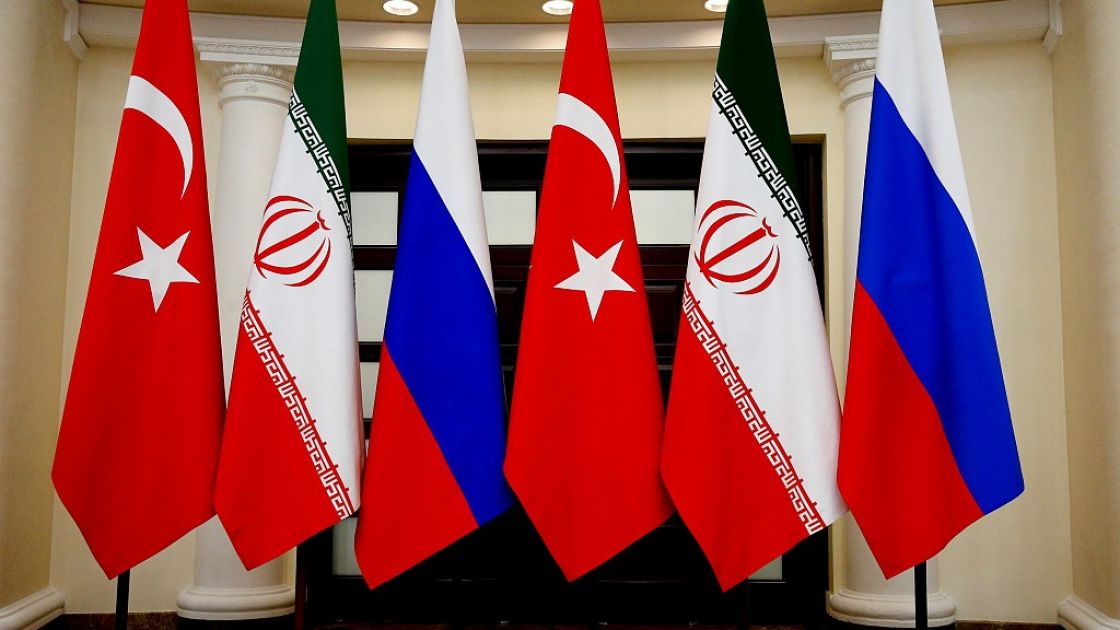- Editorials
- Posted
Kassioun Editorial 1077: It is the Astana Group’s Turn!
Since its inception at the end of 2016, the Astana process has played a pivotal and essential role in ending the military form of the conflict in Syria. It took until the end of 2019 to stop this side of the conflict almost completely.
Since then, the role of Astana has been limited to two main things: maintaining a state of non-military conflict, and in parallel, keeping alive the political process with its main title, namely UNSC Resolution 2254, through the Constitutional Committee and through the successive Astana meetings.
UNSC Resolution 2254, and since being unanimously adopted at the end of 2015, is still pending without implementation. What is preventing its implementation thus far are many internal, regional, and international factors. However, one of the most important of these factors is the Western policy, which has dealt with it the way it has dealt with the Minsk agreements and with all the previous UN resolutions, that is, in a deceitful manner, claiming to support those resolutions while working against them.
The Astana system, since its inception, and despite how strange its composition might seem, this strangeness in particular is its main strength. This strangeness is relative to the old world and its positions and alliances, but it is very normal within the coordinates and balances of the new world. In essence, the Astana system constitutes one of the primary expressions at the regional level of the formation of the new post-Western world.
We have repeatedly said that the West does not want a solution and does not want the implementation of UNSC Resolution 2254, and if anything, the past few years have only made this statement clearer and firmer, especially with the huge post-Ukraine international development.
The shift of the center of gravity in the international sense also means the shift of the center of gravity of the Syrian political solution. The issue is beyond changing the location from Geneva to another place; more importantly, it is a transition towards a system whose interests are in achieving and implementing the solution.
The statements made by the Iranian Foreign Minister during his visit to Damascus about an Iranian effort to resolve the “misunderstanding” between Syria and Turkey have many important implications.
These words mean, above anything else, that the level of understanding between Iran and Turkey within the Astana system has reached a high level compared to all previous levels, and they are the two parties that the West has long relied on to drive the Astana process towards implosion by detonating the contradiction specifically between them.
On the other hand, the rise in the level of understanding within Astana as a whole, especially taking into account the Iranian discourse, means that direct work has begun to encircle Syria’s economic and political siege, which the West uses in concert with the “changing the regime’s behavior” slogan and other policies. It does this with the help of certain countries, to prolong the crisis, leading to the uprooting of Syria from its natural international alignment.
In short, it can be said that Iran’s endeavor to encircle the Syrian-Turkish crisis means that the Astana group has actually begun to create the conditions for the implementation of 2254 in its entirety. This is something Kassioun emphasized its necessity over successive years, not the first of which was editorial 937 in October 2019, entitled “Astana Leads the Solution, Washington Outside it”.
Pushing this direction should not be delayed or obstructed, because time is the greatest foe for Syria and Syrians. In parallel, the patriotic forces must increase their rapprochement and joint work in preparation for a comprehensive solution based on UNSC Resolution 2254, which necessarily includes all foreign forces, the main of which the Zionist, leave Syrian territory.


